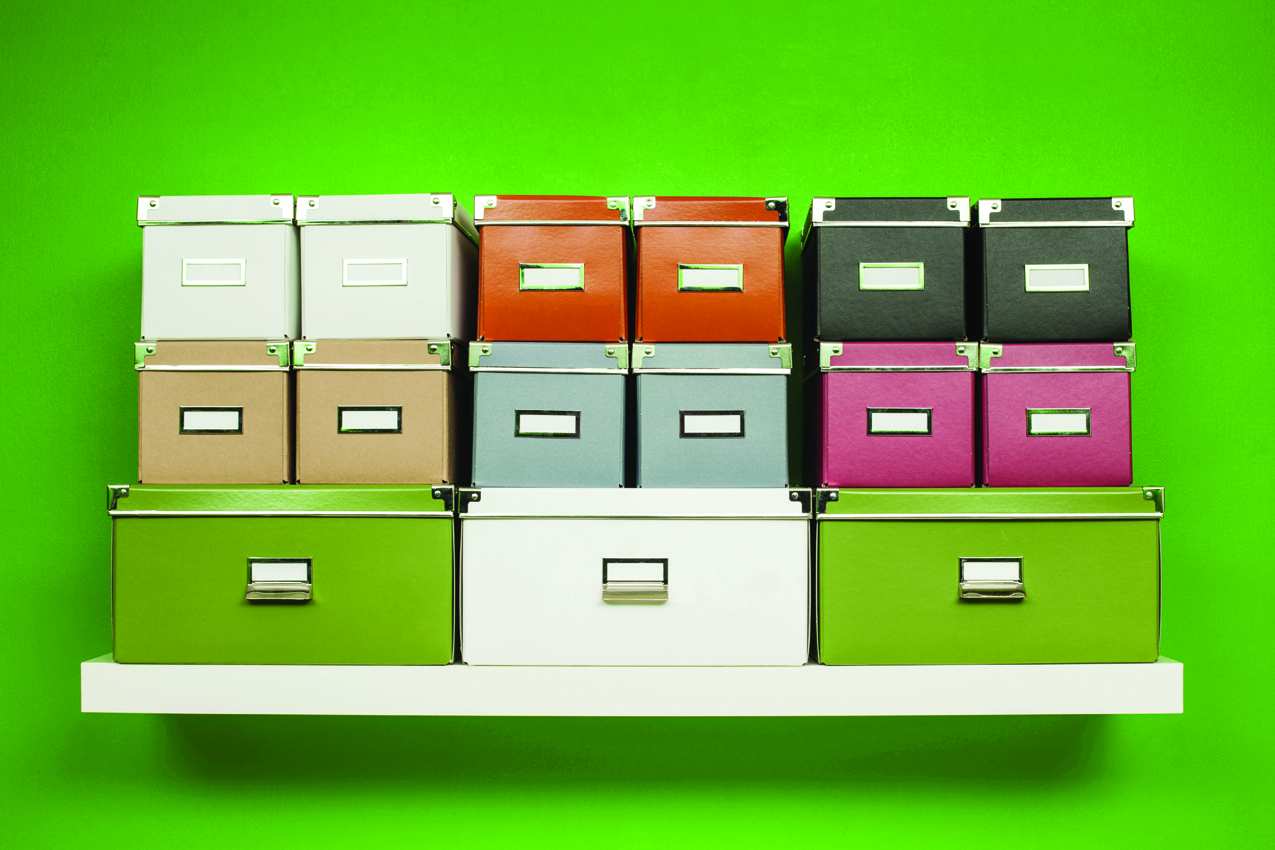With fall soon to give way to winter, many people will soon be spending more time indoors. Winter weather can be harsh, and it can be difficult for fresh air to make its way into a home once the warmer temperatures of summer and fall give way to the cold days of winter.
Poor indoor air quality can cause multiple problems. According to the Environmental Protection Agency, poor indoor air quality can increase a person’s risk of developing pneumonia, and it also may aggravate existing respiratory conditions such as asthma. The EPA also notes that long-term exposure to indoor air pollution can increase a person’s risk for heart disease, respiratory diseases and even cancer.
Because indoor air pollution can be so devastating, many homeowners look for ways to improve their indoor air quality, especially before the arrival of winter, when residents of the home figure to spend such a significant amount of time indoors. Fortunately, homeowners can take many steps to do just that.
* Clean with soap and water. Soap and hot water can still clean a home effectively, and this age-old combination might be the healthiest way to clean as well. Many household cleaning products contain potentially harmful ingredients that can introduce toxins and irritants into a home. Avoid such cleaners and solvents when cleaning a home. If stains prove too stubborn for soap and water, be sure to open windows when using potentially harmful cleaners indoors.
* Purchase an air filtration system. Air filtration systems vary significantly in size, cost and function. Some systems are designed to remove specific pollutants, and may not be effective at removing additional indoor air pollutants. Larger models tend to be most effective at filtering pollutants like dust, but such units are more expensive than smaller units. If your home is especially dusty, then a large filtering system may prove a worthy investment.
* Open windows and doors when possible. Introducing outdoor air into a home is a great way to improve indoor air quality. Of course, opening windows and doors might not be feasible in the middle of winter. But take advantage of any such opportunities when they present themselves. For example, after cooking a big meal, open the kitchen exhaust fan to allow fresh air into the home. Such fans are not large enough to cause a significant temperature drop in the home, but they can directly remove contaminants from inside the home, like those that might be emitted from gas stoves.
* Insist guests and residents remove their shoes. Chemicals can find their way into a home in a variety of ways, and you and your fellow residents or guests may be tracking them into your home on your shoes. Keep a doormat inside all entryways, and insist guests and residents remove their shoes before entering your home. This reduces the amount of potential pollutants brought into your home and also makes cleaning the home that much easier.
* Break out the mop. Vacuum cleaners can be effective at picking up pollutants inside a home, but they also can leave things behind. When a vacuum cleaner seems to be leaving some dust behind, take out the mop and, with just a little water, address the areas where dust is still lingering. Water should be enough to do the trick, and, unlike some cleaning products, water won’t be introducing any additional harmful pollutants into the home.
* Smoke outside. Smoking inside a home is inviting trouble, especially during those times of year when the windows cannot be opened. Secondhand smoke is a significant source of indoor air pollution, as cigarette smoke is known to contain more than 4,000 chemicals. Smoking indoors, whether an area is well- or poorly-ventilated, can be dangerous to smokers. Exposure to secondhand smoke puts adults and children alike at risk of several diseases, including asthma and cancer. If you or your fellow residents or visitors must smoke, do so outdoors. FH139466
















